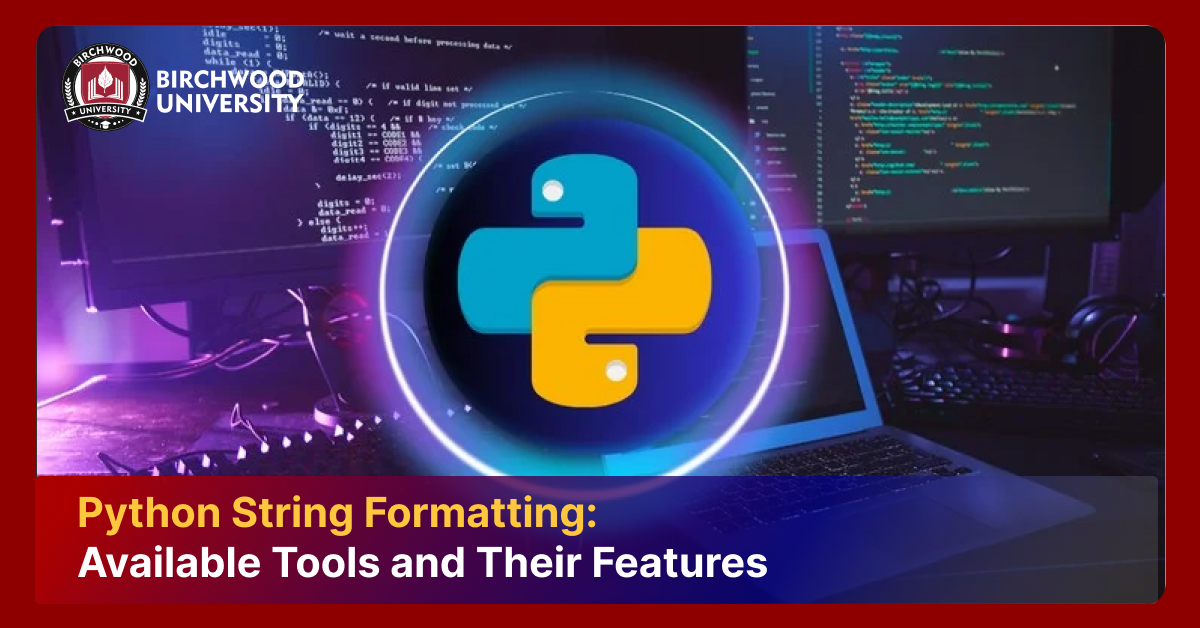Exploring the Bright Side of Deepfake Technology
Sep 30, 2024Deepfake technology, fuelled by artificial intelligence (AI) and machine learning algorithms, has generated significant interest and debate. While concerns about its potential misuse are valid, this technology also offers a range of unique benefits across various fields. Deepfakes have the potential to transform communication and interaction, ranging from revolutionizing creative arts to enhancing educational experiences. Take for instance creative industries where deepfake technology can enable artists to experiment with new forms of storytelling and expression. In education, it can facilitate immersive learning experiences that engage students in innovative ways. Moreover, in mental health, deepfakes can create realistic simulations for therapeutic purposes.
In this article, we shall explore the diverse advantages of deepfake technology, highlighting its potential to drive positive change while traversing the challenges it presents.
Understanding the working of deepfake technology
Deepfakes are generated using advanced algorithms to create realistic media such as images and videos that can mislead viewers. Unlike traditional editing or photoshopping, deepfakes utilize machine learning (ML) and neural networks to blend existing footage with new elements seamlessly. These networks consist of two components: a generator that creates fake content and a discriminator that evaluates its authenticity. These algorithms are trained on extensive datasets of images and videos thereby learning to replicate subtle facial features and expressions. This allows for the manipulation of individuals within various video contexts.
During the whole process, facial landmarks are analyzed to ensure that movements align naturally, resulting in a convincing portrayal. The integration of voice synthesis further enhances realism, making it challenging to differentiate fact from fiction.
Constructive applications of deepfake technology
1. Enhancing creativity and entertainment
One of the most exciting aspects of deepfake technology is its capacity to revolutionize the creative industries. Filmmakers and artists can utilize deepfake tools to create stunning visual effects and unique storytelling methods. For instance:
- Reviving historical figures - Filmmakers can resurrect famous personalities, allowing them to deliver new dialogues or participate in fictional scenarios. This not only enhances storytelling but also educates audiences about historical events in an engaging manner.
- Improving visual effects - Deepfake technology can reduce the costs associated with traditional CGI, making high-quality visual effects accessible to indie filmmakers. This democratization of VFX technology opens the avenues for more diverse voices in the film industry.
- Interactive media - In video games and virtual reality experiences, deepfake can be involved in creating immersive environments by allowing characters to react dynamically to players. This helps in enhancing user engagement and emotional connection.
2. Transforming education
Deepfake technology has the potential to transform education by creating more engaging and personalized learning experiences. Here are a few ways it can be applied:
- Virtual tutors - Educational institutions can develop virtual tutors based on deepfake technology. These virtual tutors mimic the appearance and voice of renowned educators. These tutors can provide personalized instruction, answer student queries in real time and adapt to individual learning styles.
- Immersive language environment - Edtech organizations can focus on creating deepfake-enabled immersive language-learning environments. Learners can utilize these environments to interact with realistic simulations of native speakers.
- Authentic representations of history - Educators can use deepfake technology to produce realistic reenactments of historical events, bringing lessons to life. Students can witness pivotal moments in history as if they were actually there. Such realistic portrayals nurture a deeper understanding of context and significance.
3. Catalyst in healthcare technology
Deepfake offers promising applications in the healthcare sector that can enhance patient care and medical training:
- Simulating medical training - Deepfake technology can build realistic patient scenarios for medical students. These scenarios assist students in practicing diagnosing and treating conditions at advanced levels without the ethical concerns of working with real patients. This results in better-equipped healthcare professionals.
- Patient education - Healthcare service providers can employ deepfake to generate personalized educational videos for patients. These videos should be aimed at explaining complex medical procedures or conditions in a way that is easy to understand. This can lead to improved patient compliance and satisfaction.
- Therapeutic applications - Deepfake technology can help create supportive environments for patients suffering from mental health issues. For instance, virtual therapists can be generated to interact with patients. This helps in providing them with comfort and guidance in a controlled, non-threatening manner.
4. Redefining marketing and advertising strategies
Companies can utilize deepfake technology to reorganize their marketing landscape by offering innovative strategies for brand management:
- Targeted advertisements - Companies can produce deepfake content that resonates more closely with their targeted audiences. For instance, a company could produce ads featuring celebrities or influencers speaking directly to specific demographic groups in their languages, thus increasing reliability and engagement.
- Enriched customer experience - Deepfake can power virtual assistants that interact with customers in real-time. This helps in enhancing customer engagement by providing personalized recommendations and support. This can lead to positive customer satisfaction and loyalty.
- Dynamic content creation - Marketers can use deepfake technology to adapt existing content for diverse platforms and audiences expeditiously. This helps in designing more effective campaigns and a better return on investment.
5. Legal and forensic practices
- Courtroom proceedings - Deepfake technology is poised to significantly alter legal and forensic practices by providing innovative tools for evidence analysis and presentation. In court, deepfakes can be utilized for visual reconstructions of events based on witness descriptions and surveillance footage. These immersive reconstructions enhance judges' understanding of the case by offering valuable insights into causality and responsibility.
- Elevating forensic analysis - Forensic experts are increasingly using deepfake technology to scrutinize audio and video evidence for inconsistencies or manipulations. They can compare known authentic samples with disputed content, verifying whether media has been altered or falsified. This capability is particularly vital in digital media cases where authenticity is often questioned.
- Protecting witness identity - Deepfake solutions can play an important role in witness protection during sensitive cases. The technology can allow altering witness’s visual appearance and voice while preserving the integrity of their testimony. This enables individuals to provide essential evidence without fear of retaliation or exposure. This innovative approach encourages more witnesses to come forward, particularly in situations where anonymity is vital for their safety.
Ethical considerations
The rise of deepfake technology presents both exciting opportunities and significant ethical challenges. As this powerful tool becomes more accessible, ensuring its responsible use is paramount. The potential for misuse in creating misleading content or impersonating individuals poses serious risks. In order to promote ethical practices, developers and users must prioritize transparency. Clear labeling of deepfake content helps audiences distinguish between real and manipulated media. This helps in promoting trust in digital communication. Furthermore, legal frameworks should be established to hold malicious actors accountable for harmful uses, such as disinformation campaigns or identity theft.
For organizations and society to thrive in the complex environment of deepfake tech, it is essential for technologists, ethicists, and policymakers to coordinate effectively. Users should be educated through public awareness campaigns about the implications of deepfakes promoting responsible consumption and creation.
Conclusion
Deepfake technology holds the potential to usher in the era of tech disruption. As the conversation around deepfakes continues to evolve, it is essential to highlight and promote their constructive uses, ultimately redefining their role in our digital ecosystem.






